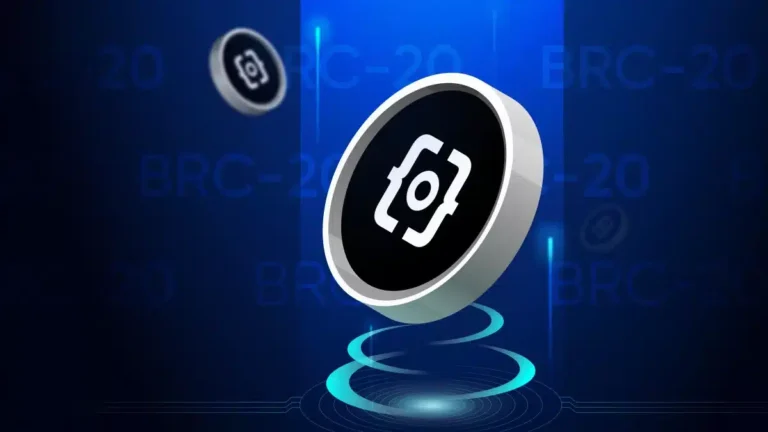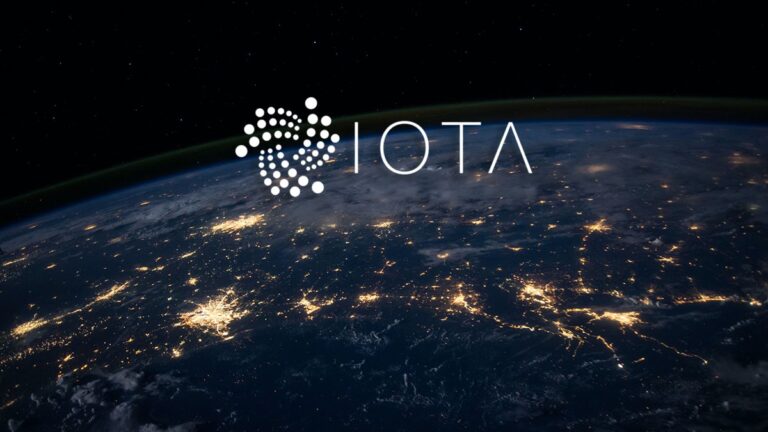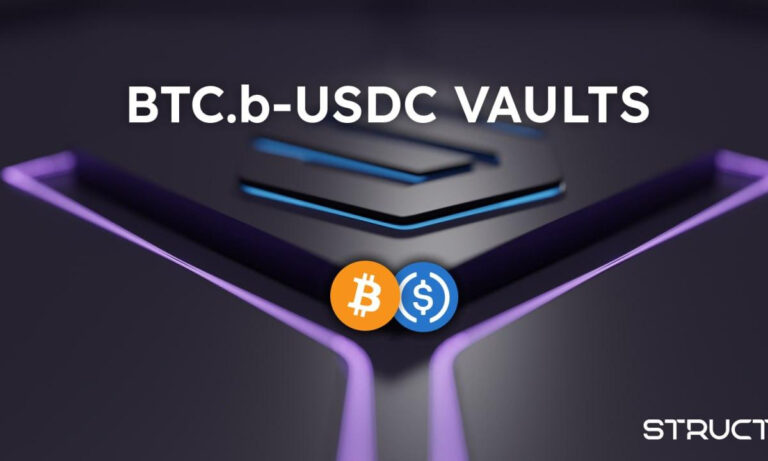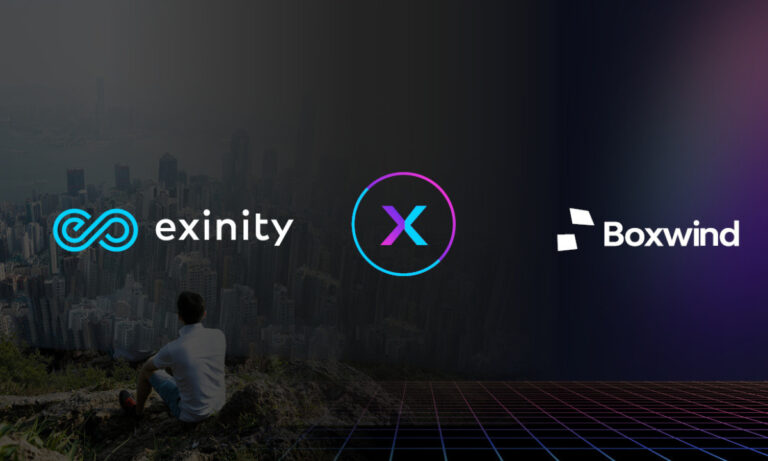IOTA 2.0: The Perfect DLT for the IoT, Supply Chain, and Smart Cities
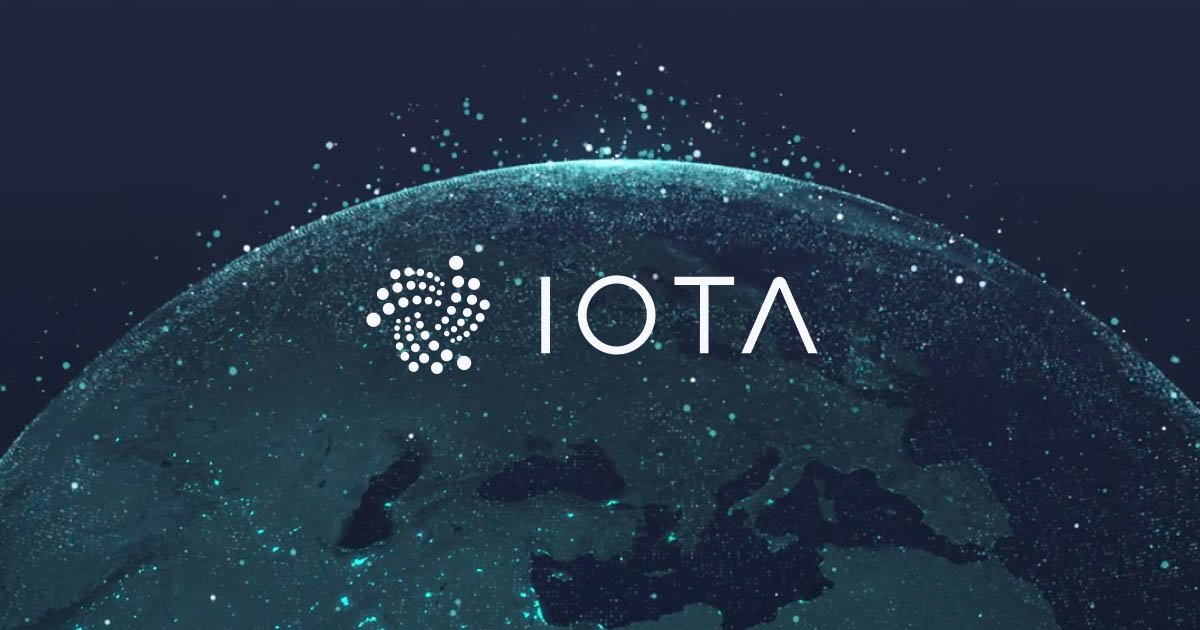
IOTA is a distributed ledger technology (DLT) that was created in 2015. It is a feeless, scalable, and secure DLT that is designed for machine-to-machine (M2M) payments and data transfer. IOTA has been used in a variety of applications, including the Internet of Things (IoT), supply chain management, and smart cities.
IOTA 2.0 is the next generation of IOTA. It is a major upgrade that will improve the scalability, security, and usability of IOTA. IOTA 2.0 is expected to be released in 2023.
What is IOTA 2.0?
IOTA 2.0 is a major upgrade that will improve the scalability, security, and usability of IOTA. The following are some of the key features of IOTA 2.0:
Decentralized Coordicide: IOTA 2.0 will be fully decentralized, meaning that it will no longer rely on a centralized Coordinator node. This will make IOTA more secure and resistant to attack.
Faster Transactions: IOTA 2.0 will be able to process transactions much faster than the current IOTA network. This will make IOTA more suitable for real-time applications.
Lower Transaction Fees: IOTA 2.0 will have lower transaction fees than the current IOTA network. This will make IOTA more affordable for users.
Improved Security: IOTA 2.0 will be more secure than the current IOTA network. This is due to a number of factors, including the decentralized Coordicide and the use of new security features.
Improved Usability: IOTA 2.0 will be more user-friendly than the current IOTA network. This is due to a number of factors, including the use of a new wallet and the integration with popular exchanges.
How will IOTA 2.0 be revolutionary?
IOTA 2.0 is expected to be a revolutionary upgrade that will make IOTA more scalable, secure, and user-friendly. This will make IOTA a more attractive option for a wider range of applications.
Some of the potential applications of IOTA 2.0 include:
Internet of Things (IoT): IOTA 2.0 is well-suited for use in the IoT due to its scalability, security, and low transaction fees. IOTA can be used to track and manage devices, send payments, and exchange data.
Supply Chain Management: IOTA 2.0 can be used to track and manage the movement of goods through the supply chain. This can help to improve efficiency, reduce costs, and ensure the authenticity of products.
Smart Cities: IOTA 2.0 can be used to build smart cities. Smart cities use DLT to improve the efficiency and sustainability of urban infrastructure. IOTA can be used to manage traffic, energy, and water resources.
Conclusion
IOTA 2.0 is a major upgrade that will improve the scalability, security, and usability of IOTA. This will make IOTA a more attractive option for a wider range of applications. IOTA 2.0 is expected to be a revolutionary upgrade that will have a major impact on the DLT industry.
